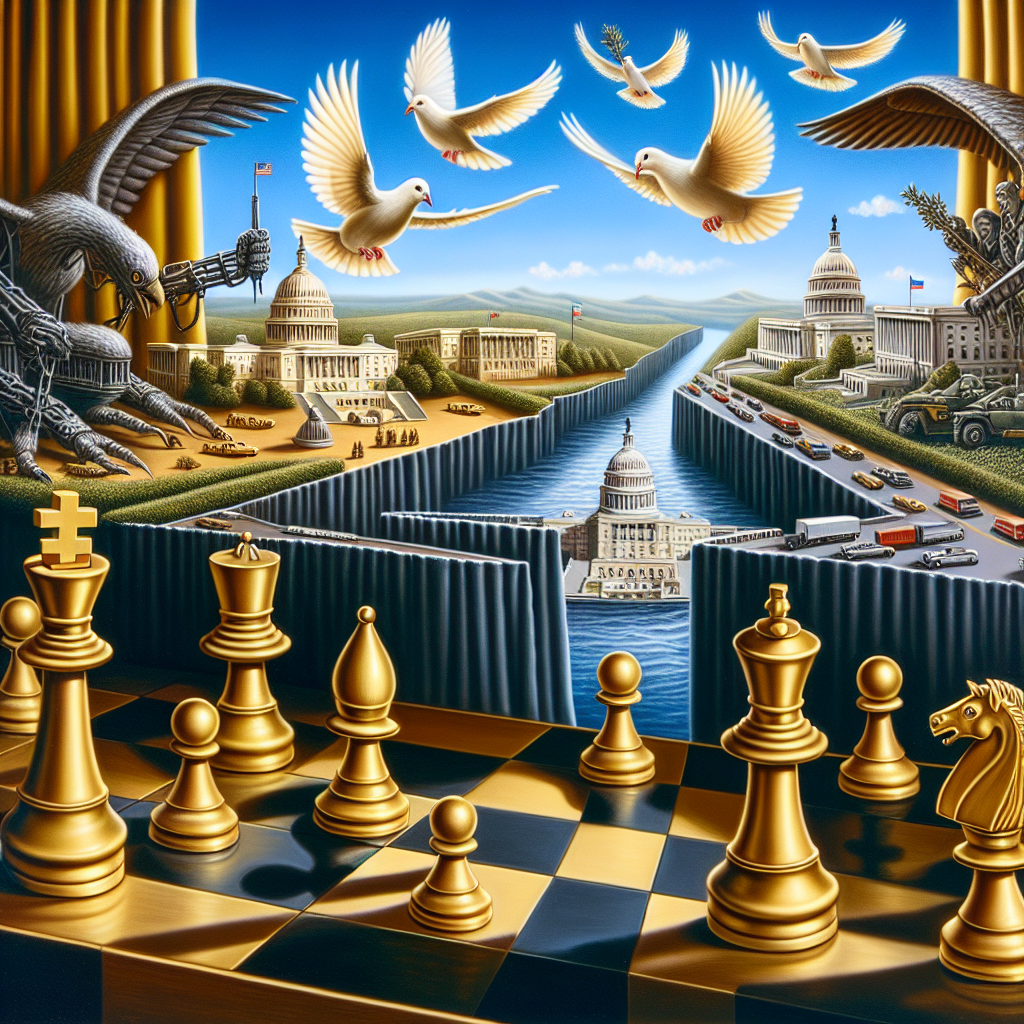The Cold War Continues as Washington Shifts Its Focus
The Cold War Continues as Washington Shifts Its Focus
Introduction: A New Era of Tensions
The geopolitical landscape is witnessing a resurgence of Cold War-like tensions as Washington recalibrates its strategic priorities. This shift is marked by a renewed focus on countering emerging global threats and reinforcing alliances.
Key Drivers of the Shift
- Rising Global Powers: The emergence of China and Russia as formidable global players has prompted the U.S. to reassess its foreign policy strategies.
- Technological Advancements: The race for technological supremacy, particularly in areas like artificial intelligence and cybersecurity, is intensifying global competition.
- Military Modernization: Both the U.S. and its rivals are investing heavily in modernizing their military capabilities, leading to an arms race reminiscent of the Cold War era.
Strategic Realignments
Washington is undertaking significant strategic realignments to address these challenges:
- Strengthening Alliances: The U.S. is reinforcing its alliances with NATO and Indo-Pacific partners to create a united front against potential adversaries.
- Economic Measures: Economic sanctions and trade policies are being employed as tools to exert pressure on rival nations.
- Diplomatic Engagements: Diplomatic efforts are being intensified to manage conflicts and prevent escalation.
Implications for Global Stability
The continuation of Cold War dynamics poses significant implications for global stability:
- Increased Tensions: Heightened tensions could lead to regional conflicts and disrupt global peace.
- Economic Impact: Trade wars and sanctions may affect global markets and economic growth.
- Technological Divide: The technological race could create a divide between nations with advanced capabilities and those without.
Conclusion: Navigating a Complex Future
As Washington shifts its focus, the world finds itself navigating a complex landscape reminiscent of the Cold War. The key to maintaining global stability lies in strategic diplomacy, robust alliances, and a balanced approach to technological and military advancements. The coming years will be crucial in determining whether these tensions escalate or pave the way for a new era of cooperation.














